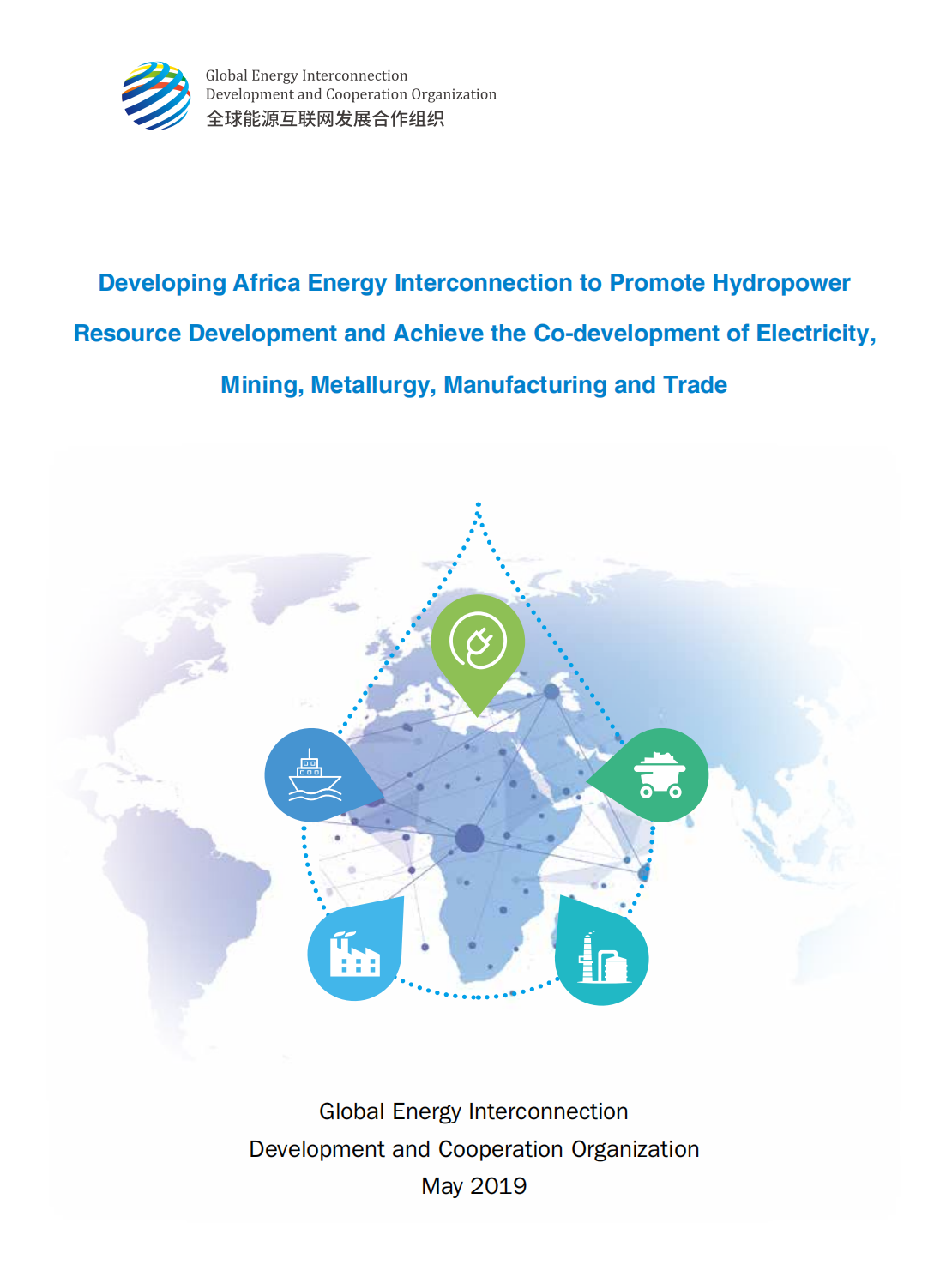According to its Five-Year Development Plan (2017-2021), DR Congo has
striven to develop infrastructure, energy, mining and processing industries,
and advance the construction of 20 agricultural and industrial parks and 5
special economic zones. According to the Vision 2050 of the Democratic
Republic of Congo, DR Congo endeavors to join the ranks of middle-income
countries by 2020, become an emerging economy by 2030, and achieve the
industrial economy by 2050.
DR Congo
The Republic of Congo has actively implemented the policies of economic
revitalization and diversification, so as to reduce its dependence on petroleum
and coordinate the development of all industries. According to the National
Development Plan (PND 2016-2020), the Republic of Congo plans to build
itself into an emerging economy by 2025. To achieve this goal, the country
focuses on the construction of special economic zones, especially the
advancement of economic diversification and industrial development in these
zones, so as to boost the economy.
The
Republic
of Congo
Following the Vision 2030, Egypt is working to combine together development and
environmental protection, employment and labor quality improvement, making
the economic growth align with the social and economic development in a fair,
balanced and diversified manner. By 2030, Egypt is expected to reach the economic
development objective. In detail, the annual average GDP growth rate will increase to
7%, investment growth rate climb to 30%, exports’ contribution to national economic
growth go up to 25%, and unemployment rate fall to 5% and below.
Egypt
Nigeria has rolled out the economic recovery and development plan. Specially,
it endeavors to increase power supply, accelerate the development of
petroleum refining industry, push forward the industrialization process, support
SMEs’ development, and bolster food self-sufficiency, etc.
Nigeria
Nigeria is committed to returning to the track of high GDP growth, with an
average annual GDP growth rate of 4.6% in 2020.
Guinea has developed the 2016-2020 National Economic and Social
Development Plan, according to which, this country hopes to speed up the
development and utilization of natural resources on the back of infrastructure
development, so as to realize rapid economic growth again. According
to detailed rules of the Guinean Mining Code, the country has worked
to reorganize mineral resources companies, establish the VAT refund
mechanism, roll out other measures, and improve mining development and
governance measures; and prioritized to accelerate the construction of
infrastructure, and launch an array of projects, such as the improvement of
infrastructure in power and traffic sectors, national backbone transmission
network building, railway construction, port dredging, and wharf renovation.
Guinea
1
Africa energy interconnection promotes sustainable development in Africa
09

